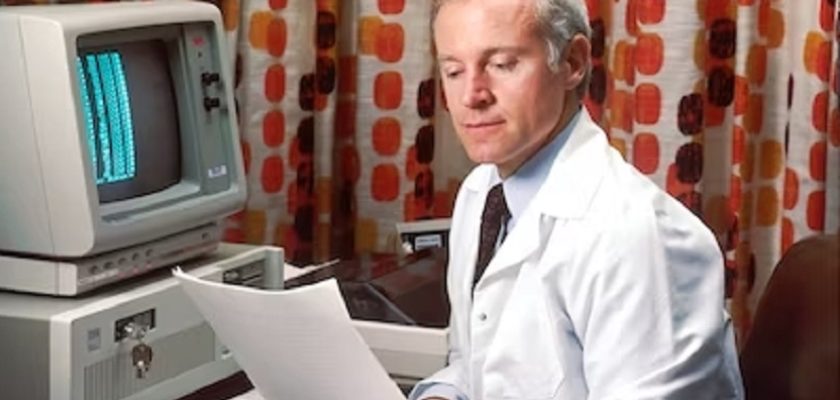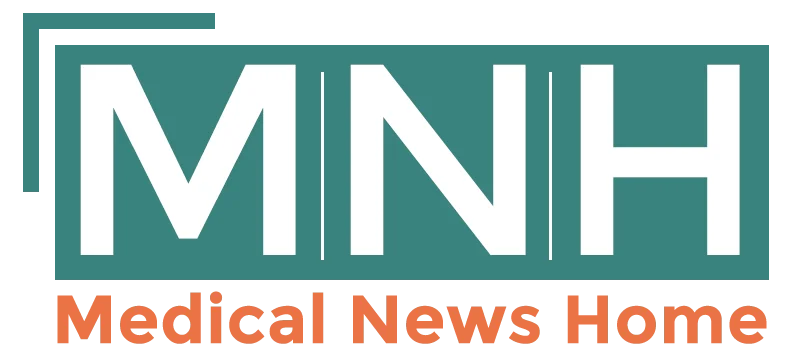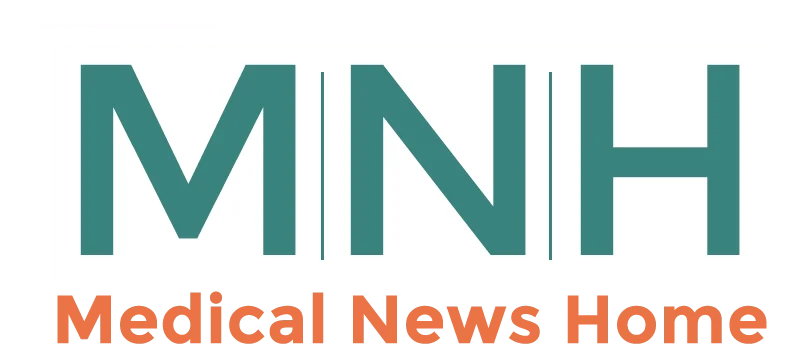The Impact of Remote Patient Monitoring on Chronic Disease Management
- Updated on: May 7, 2025
- Published on Jul 16, 2023

In recent years, the healthcare industry has witnessed a remarkable technological advancement that is revolutionizing the way we manage chronic diseases. Remote Patient Monitoring (RPM) has emerged as a powerful tool that allows healthcare providers to monitor patients’ health status remotely, enhancing the quality of care while minimizing the need for frequent hospital visits. In this article, we explore the significant impact of remote patient monitoring on the management of chronic diseases.
Understanding Chronic Diseases
Chronic diseases are long-term medical conditions that persist over an extended period and often progress slowly. They can significantly impact a patient’s quality of life and require ongoing management to prevent exacerbations and complications. Examples of chronic diseases include diabetes, arthritis, asthma, chronic obstructive pulmonary disease (COPD), and cardiovascular diseases.
Limitations of Traditional Healthcare
In traditional healthcare settings, patients with chronic diseases typically visit their healthcare providers at scheduled intervals. During these brief encounters, physicians assess the patients’ conditions, prescribe medications, and provide general recommendations. However, this approach has limitations as it relies heavily on the patient’s subjective reporting and does not capture real-time data on their health status.
What is Remote Patient Monitoring?
Remote patient monitoring (RPM) is a technology-driven solution that enables healthcare providers to monitor patients’ health remotely. It involves the use of medical devices, sensors, and mobile applications to collect and transmit patients’ vital signs and health-related data to healthcare professionals. This real-time data allows for continuous monitoring and proactive interventions, improving patient outcomes.
How Remote Patient Monitoring Works
RPM utilizes various devices and sensors to collect data on patients’ vital signs, symptoms, and activities. These devices can include blood pressure monitors, glucose meters, wearable fitness trackers, pulse oximeters, and smart scales, among others. The collected data is then transmitted to a centralized system or healthcare provider’s platform using secure communication channels.
Advantages of Remote Patient Monitoring
Improved Patient Engagement and Empowerment
Remote patient monitoring empowers patients to take an active role in managing their chronic conditions. By providing patients with real-time feedback and personalized insights into their health data, RPM encourages self-management, adherence to treatment plans, and healthy lifestyle choices.
Enhanced Healthcare Delivery and Efficiency
RPM enables medical professionals to give care more effectively and efficiently. By remotely monitoring patients’ health status, healthcare professionals can detect early warning signs of complications, make timely interventions, and optimize treatment plans. This proactive approach reduces the burden on emergency departments and decreases hospital readmissions.
Real-time Data for Timely Interventions
One of the key benefits of RPM is the availability of real-time patient data. This enables healthcare providers to detect changes in a patient’s health status promptly. By receiving alerts and notifications, clinicians can intervene quickly, preventing disease progression and avoiding potential emergencies.
Cost-effectiveness and Reduced Hospitalizations
The cost of providing healthcare could be greatly decreased with remote patient monitoring. By minimizing hospital admissions and emergency visits, RPM reduces the financial burden on patients and healthcare systems. Additionally, remote monitoring allows for more efficient allocation of healthcare resources, ensuring that patients with the greatest needs receive timely care.
Ensuring Patient Privacy and Data Security
Privacy and data security are crucial considerations in remote patient monitoring. Healthcare providers and technology vendors must adhere to strict privacy regulations and implement robust security measures to protect patients’ sensitive health data. Encryption, secure data transmission, and access controls are essential components of a secure RPM system.
Integration with Digital Health Technologies
Remote patient monitoring integrates seamlessly with other digital health technologies, such as telemedicine and electronic health records (EHRs). This interoperability allows for a comprehensive approach to chronic disease management, where healthcare providers can access patient data from different sources and make informed decisions based on a holistic view of the patient’s health.
Overcoming Barriers and Challenges
The implementation of remote patient monitoring faces several challenges, including technological barriers, resistance from healthcare professionals, and reimbursement issues. However, with advancements in technology, increasing acceptance among clinicians, and evolving reimbursement policies, these barriers are gradually being overcome, paving the way for wider adoption of RPM.
Successful Implementation of Remote Patient Monitoring
To ensure the successful implementation of remote patient monitoring, healthcare organizations need to consider several factors. These include selecting appropriate RPM technologies, establishing robust data management systems, providing adequate training to healthcare professionals and patients, and integrating RPM into existing care workflows. Collaboration among stakeholders, including healthcare providers, technology vendors, and policymakers, is crucial for the widespread adoption and effective use of RPM.
Conclusion
Remote patient monitoring is transforming the landscape of chronic disease management. By enabling continuous monitoring, timely interventions, and enhanced patient engagement, RPM holds the potential to improve patient outcomes, reduce healthcare costs, and enhance the overall quality of care. With advancements in technology and the growing recognition of its benefits, remote patient monitoring is poised to revolutionize healthcare delivery and empower patients in managing their chronic conditions effectively.


